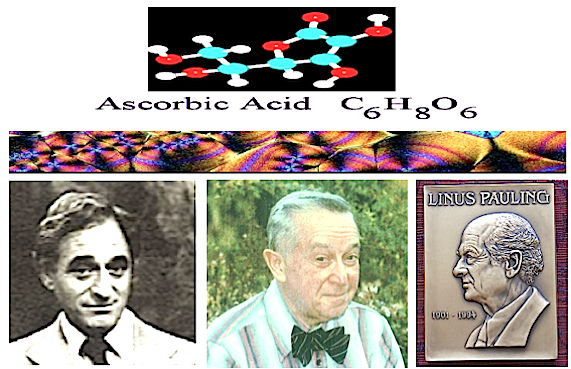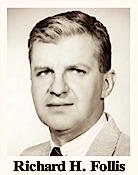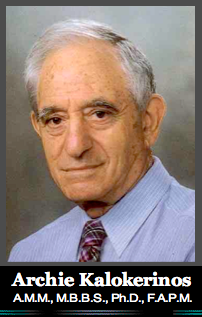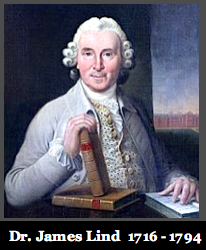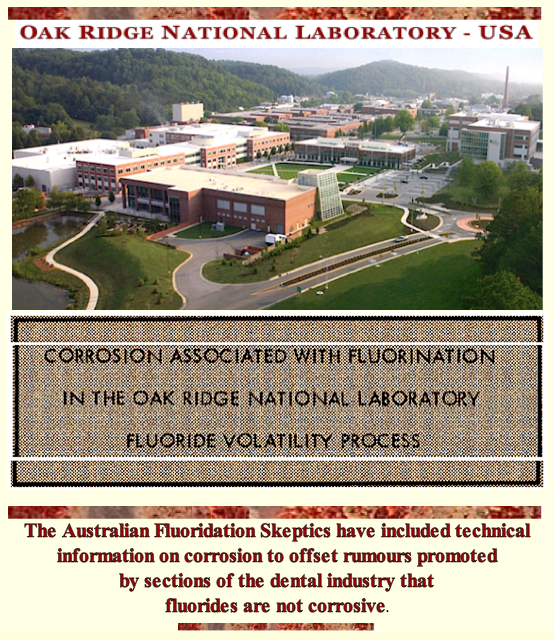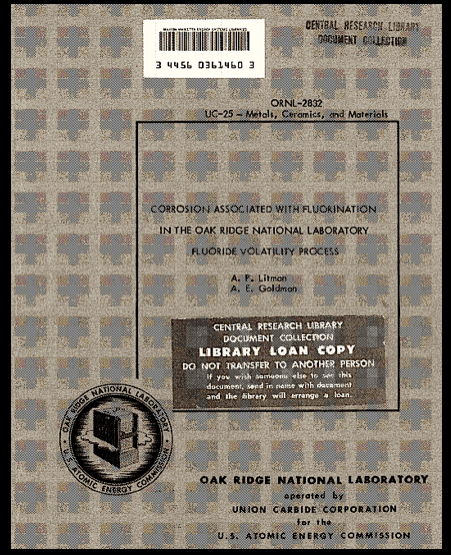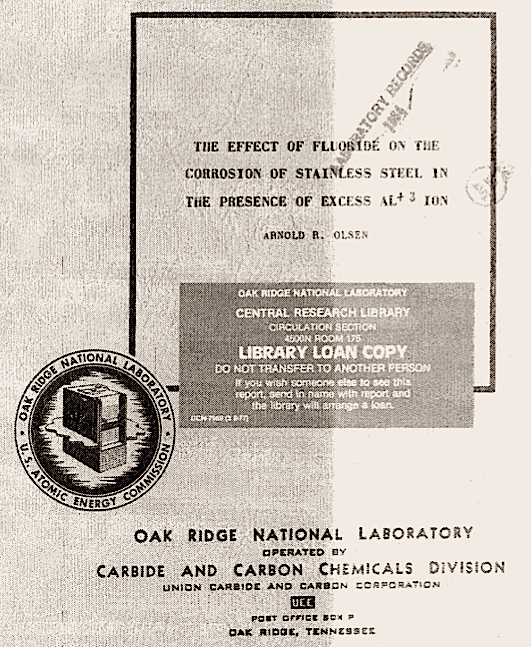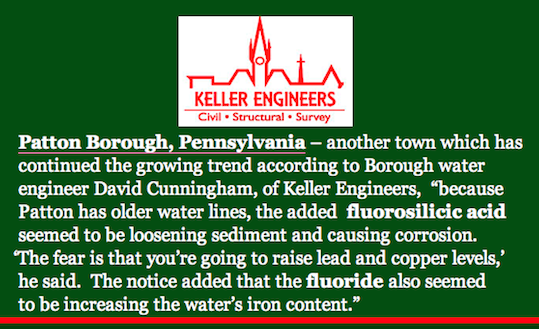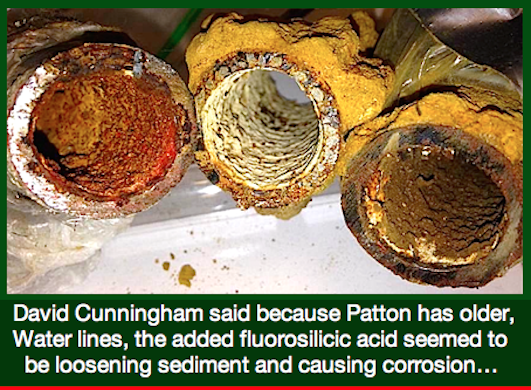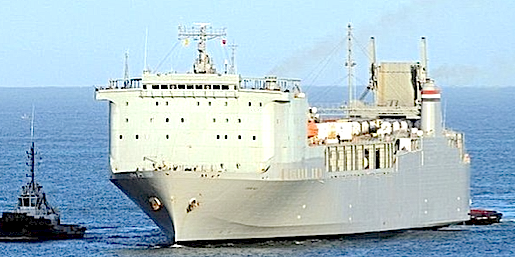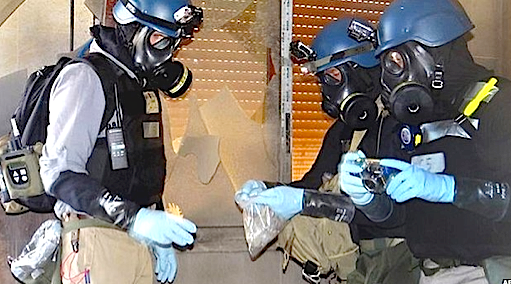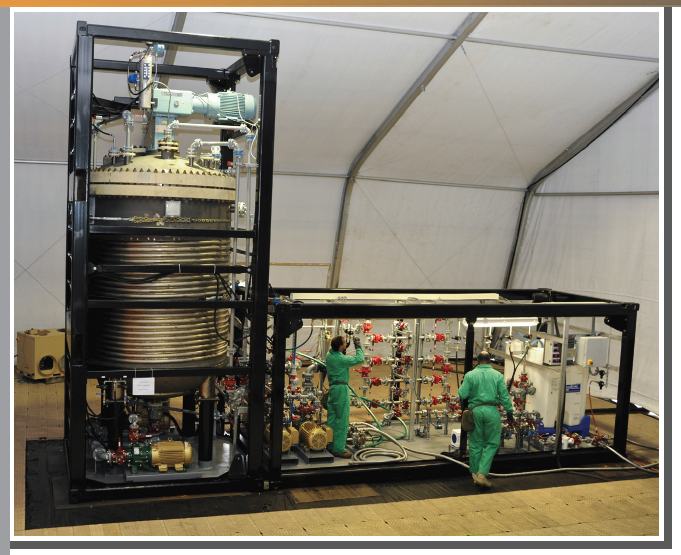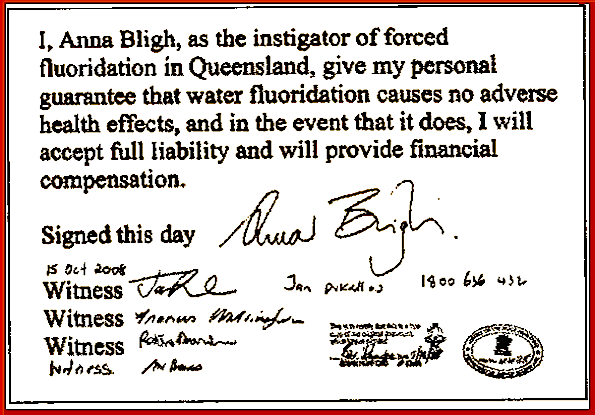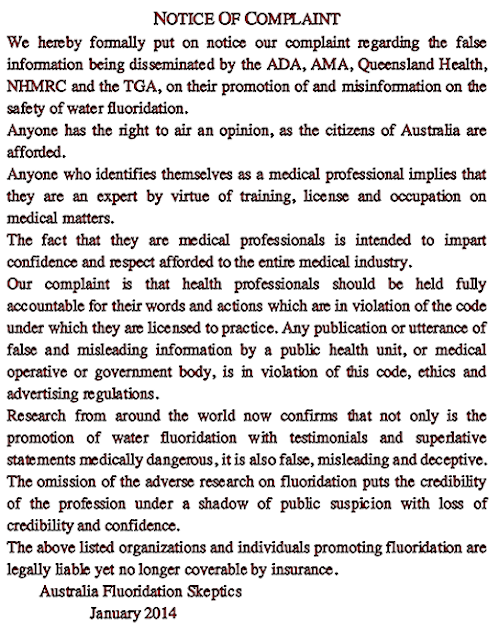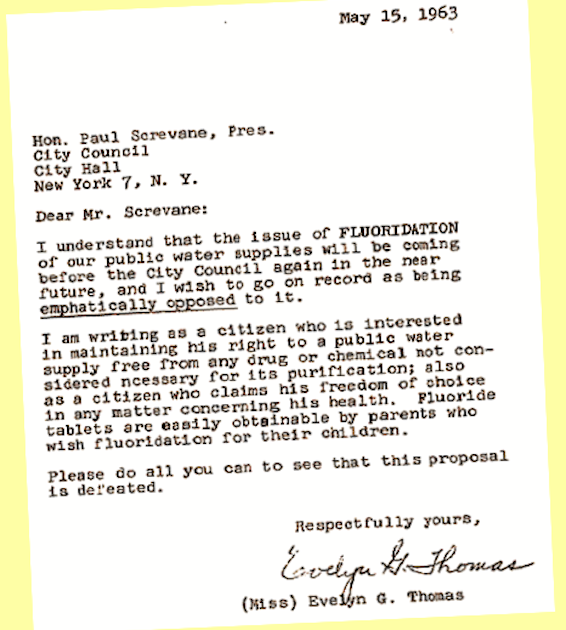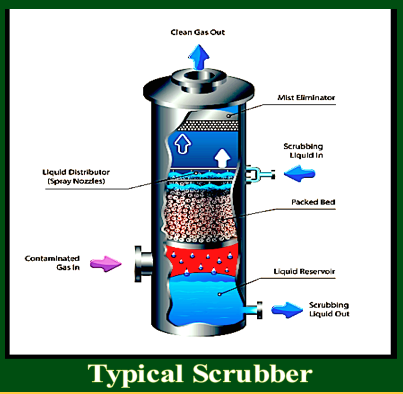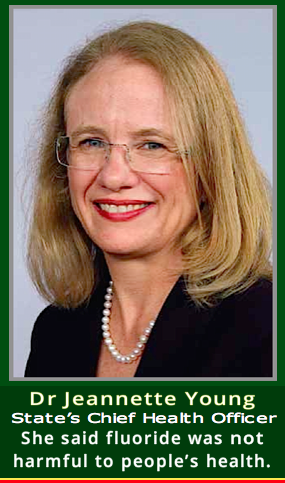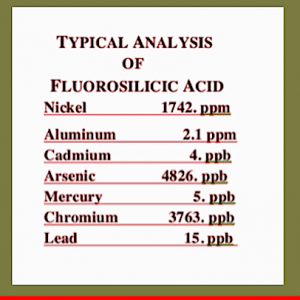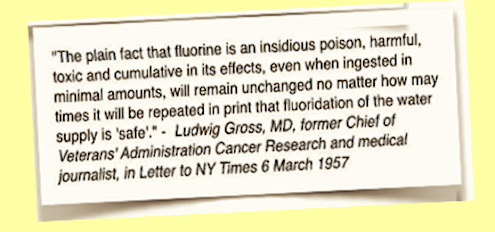(Form E)
STATE OF QUEENSLAND
“The Registration of Births, deaths and Marriages Acts, 1962 to 1967”
(Section 31)
POST-MORTEM EXAMINATION
(Medical Certificate of the Cause of Death)
To the Registrar for the District of BRISBANE I HEREBY CERTIFY that on 16th May, 1973, by order of W. R. PULLAR Esq., Coroner, I made a Post Mortem Examination of the body of a male aged 2 years, named JASON BURTON who is stated to have died at Mater Childrens Hospital and, in my opinion, the date of death was 15th May, 1973, and the cause of death was Disease or condition directly leading to death :… Fluoride poisoning Dated… 16.5. 1973 ……………………………………….N. G. Johnston (Government Medical Officer) Post-Mortem Examination Report CORONERS ACT 1958-1972 Section 18 POST-MORTEM EXAMINATION REPORT
| Name:_______BURTON, Jason________ Address:_____16 Hardwick Street_________________Wynnum West__________P.M. Authorised by W. R. Pullar, Coroner |
- _____23538_____________________
D.O.B.: 20.2.71___Age: 2____Sex: M____ Time and Date of Death: 4.50 P.M. 15.5.73 Time and Date of P.M.: 10.00 A.M.16.5.73 Place of P.M.: Institute of Forensic Pathology |
Police Officers attending P.M.___________ Constable Kennedy, Woolloongabba__________. 1. EXAMINATION STATURE_86 cm__WEIGHT_13.6 kg_BUILD__Medium__NUTRITION__Good _______RIGOR MORTIS___Present_____HYPOSTASIS___Present______
| The scalp, skull and membranes appear normal. The brain shows extensive autolysis, consistent with death having occurred some time previously. There is no other significant abnormality of the brain |
Weight of Organs(Grams)1175 g |
| The larynx, pharynx and trachea appear normal. The pleural cavities are clear. Both lungs show moderate congestion and oedema. |
L. 130 gR. 138 g |
| The pericardial cavity is clear. The heart and the great vessels appear anatomically normal |
74 g |
| The liver is congested but otherwise normal. The gall bladder and biliary tracts are normal |
826 g |
| Spleen: |
40 g |
| Both kidneys appear normal. The adrenals and thymus gland appear normal for age. |
L. 41 gR. 49 g |
| |
|
| COMMENT:No pathological change which could have caused death could be found in any organ at the post mortem examination. However, the autolysis of the brain tissues was so marked that any evidence of a disease such as encephalitis would be impossible to find.In my opinion, therefore, the most probable cause of death was fluoride ingestion because of:-1. The history of fluoride overdose.2. The supporting evidence of a positive blood fluoride level.3. The absence of any other disease process. |
|
| |
|
| 2. OPINION AND COMMENT as to Cause of Death ___Fluoride Poisoning__________To____________________________________Signature________(Signed)____________ |
Hospital Report (“Discharge Summary”) MATER MISERICORDIAE PUBLIC HOSPITALS — SOUTH BRISBANE DISCHARGE SUMMARY 21st June 1973 NAME……..BURTON…….Jason..Paul………………………….AGE…..2…….. ADDRESS………16 Hardwick S t.,………………………………………………….. ………………………Wynnum West……………………………………………………… ADMITTED……10.5.73……………………………………Died…15.5.73………. REFERRING DOCTOR………..Hansen…………………………………………… FINAL DIAGNOSIS…………….Flouride Ingestion…………………………….. ————————————————————————— SUMMARY OF HISTORY, CLINICAL FINDINGS, INVESTIGATIONS, TREATMENT AND PROGRESS This child was admitted to hospital via casualty in a moribund condition. The child was said to have swallowed an unknown quantity of flouride tablets (2 mg). but more than likely he would not have swallowed more than 50 tablets. This was said to have happened approximately 6 hours prior to admission. The child did have access to several other drugs. These drugs included Polarmine, Elexamine, Robinul and Dormel. However, it was unlikely that he may have swallowed any of these other tablets. On EXAMINATION: Blood pressure 50 systolic and there was only fair peripheral perfusion. The pupils were dilated, unequal and irregular.There was generalized muscular hypotonia. There were no focal neurological signs. The pulse was 100 per minute, regular R.T.A.and there was normal sinus rythym on E.C.G. Immediate treatment was instuited with the administration of I.V. SPPS. This bought his blood pressure back to 100/systolic. As the child had had an respiratory arrest five minutes after arrival in the casualty dept, he was taken to theatre and a naso-tracheal tube was inserted. The patient was then placed on the Bird´s respirator with intermittent positive pressure respiration. Very intensive observations were instuited. Because his presentation was consistent to a flouride intoxication he was treated accordingly. He was given doses of 10% calcium gluconate I.V. Blood was taken for analysis of the most common poisons, and a sample of blood was also sent to a state government analysist for estimation of serum flouride.Over the next few days this patient made no improvement whatsoever. E.E.G. was performed on 14.5.73. The trace was completely flat. It was thought the prognosis was absolutely hopeless. The respirator was turned off 15.5.73 and life was pronounced extinct. The level of serum flouride, although it was elevated was not regarded as being in the toxic range. However, the sample of blood had been taken approximately 10 hours after ingestion. S. Fluoride level <100 µg/100 ml (Toxicity levels 200-300 µg)
Pretending, ignoring, misquoting, or lying are a major disservice to science,
and on the mater of fluoridation are crimes against humanity.





 The Director told me when I read her the statement, that no
The Director told me when I read her the statement, that no





